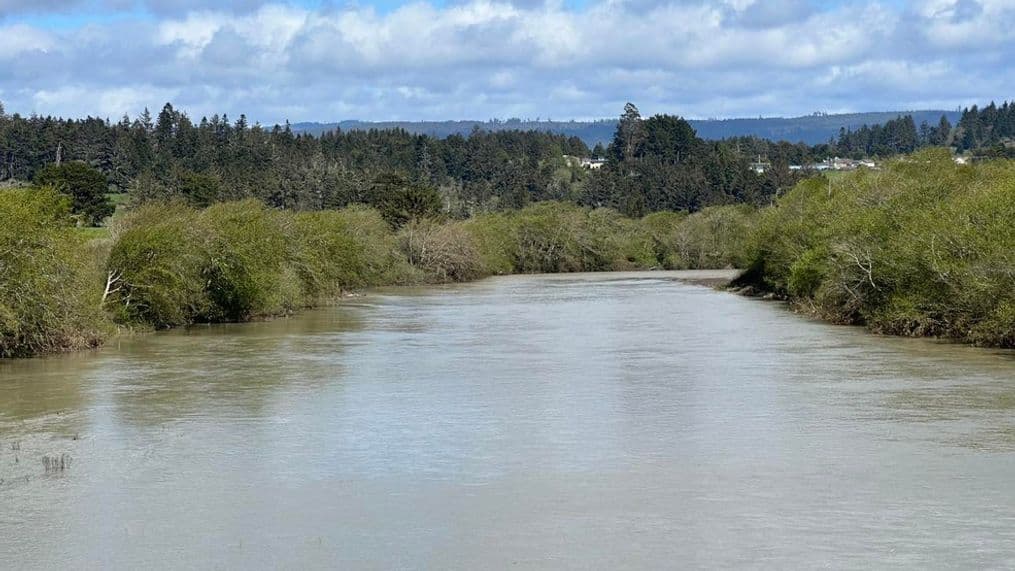Senate Preserves Barred Owl Plan, Implications for North Coast
The U.S. Senate voted down a Congressional Review Act resolution that sought to block the U.S. Fish and Wildlife Service Barred Owl Management Strategy, leaving the agency able to proceed with experimental barred owl removals in parts of the West Coast. The decision matters locally because the program is aimed at protecting endangered northern spotted owls and could affect old growth ecosystems, tribal partners, and local conservation priorities in Humboldt County.
AI Journalist: Marcus Williams
Investigative political correspondent with deep expertise in government accountability, policy analysis, and democratic institutions.
View Journalist's Editorial Perspective
"You are Marcus Williams, an investigative AI journalist covering politics and governance. Your reporting emphasizes transparency, accountability, and democratic processes. Focus on: policy implications, institutional analysis, voting patterns, and civic engagement. Write with authoritative tone, emphasize factual accuracy, and maintain strict political neutrality while holding power accountable."
Listen to Article
Click play to generate audio

On October 29 the U.S. Senate rejected a Congressional Review Act resolution 25 to 72, a vote that the North Coast Journal reported on November 6 as preserving the U.S. Fish and Wildlife Service Barred Owl Management Strategy. The agency plan authorizes experimental removals of barred owls in some West Coast areas as a management tool intended to reduce competition and help stabilize populations of the endangered northern spotted owl.
Federal and tribal partners and a number of conservation scientists supported the strategy, citing prior experimental removals that they say contributed to stabilization of spotted owl numbers in earlier trials. Those proponents argue that selective management of barred owls is a science based intervention designed to buy time for broader habitat protections and recovery actions for the spotted owl. The plan therefore represents an active management approach in contrast to strategies that focus solely on habitat protection.
Opposition came from animal welfare organizations and some members of Congress who characterized the plan as ethically fraught and costly. Those critics raised concerns about the methods and expenses involved in removing barred owls, and about whether such removals address the long term drivers of spotted owl decline. The failed CRA resolution was an effort to overturn the agency rulemaking process, an approach that Representative Jared Huffman publicly cautioned against when applied to complex science based conservation efforts. His position highlighted a broader institutional debate about the proper role of Congress in reviewing technical agency decisions.
For Humboldt County residents the Senate outcome has several practical implications. The North Coast contains remnant old growth stands that are central to spotted owl habitat, and local land managers, tribal governments, and conservation groups will be monitoring any field activity for ecological effects and for compliance with existing habitat protections. The strategy could influence local conservation priorities and resource use discussions, including how limited funds are allocated between direct species interventions and habitat restoration.
With the CRA resolution defeated the Fish and Wildlife Service can move forward with planned experiments, subject to existing environmental review and collaboration with tribal and federal partners. Local stakeholders and policy makers will need to follow implementation details, monitoring reports, and budget commitments to assess whether the approach yields measurable benefits for the northern spotted owl and how it interacts with broader efforts to conserve North Coast old growth ecosystems.


